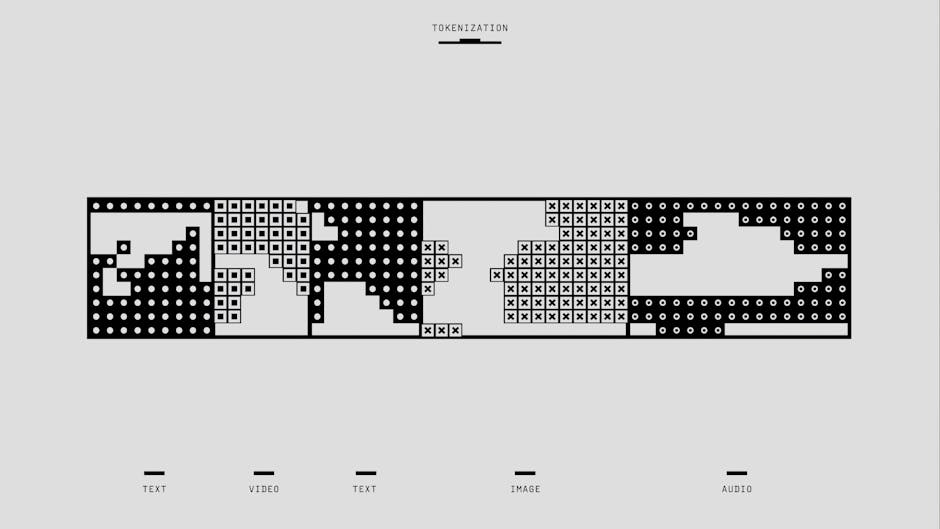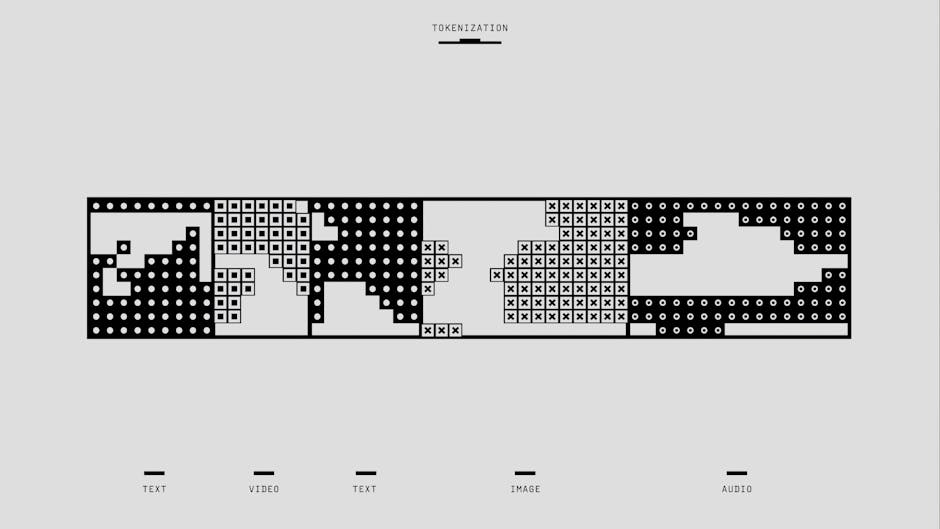The Hidden Complexity of 'Simple' Features
 Melvin Mupondori
Melvin MupondoriExploring how seemingly straightforward user stories can reveal layers of technical complexity, with real-world examples from enterprise applications.

The Hidden Complexity of “Simple” Features
“Can we just add a quick toggle to let users mark their favorite items?”
If you’ve been in software development for any length of time, you’ve probably heard variations of this question. What seems like a simple feature request to stakeholders often unveils layers of complexity that weren’t immediately apparent. Today, I want to explore this phenomenon using real examples from projects I’ve worked on.

The “Simple” Feature Request
Let me start with a story from my time working on the Clinical Practice Management System at Community Dental Partners. The request came in during a stakeholder meeting:
“Can we add a way for doctors to quickly mark their favorite X-ray templates? Just a simple star icon next to each template.”
Sounds straightforward, right? Let’s break down what this “simple” feature actually entailed.
Layer 1: The User Interface
The first layer seemed manageable:
- Add a star icon to each template item
- Handle click events to toggle favorite status
- Provide visual feedback for the current state
// This looked simple enough...
const toggleFavorite = (templateId: string) => {
setFavorites(prev =>
prev.includes(templateId)
? prev.filter(id => id !== templateId)
: [...prev, templateId]
)
}But even at the UI level, questions started emerging:
- Should favorites appear at the top of the list?
- What happens when a user has 50+ favorites?
- How do we handle favorites across different views and filters?
Layer 2: State Management
The next layer involved managing this state across the application:
// Reality: State management across multiple components
interface UserPreferences {
favoriteTemplates: string[]
favoritesByCategory: Record<string, string[]>
recentlyUsed: string[]
customOrdering: string[]
}We realized that favorites needed to integrate with:
- The existing template filtering system
- Search functionality
- Category-based organization
- User role permissions (not all users could see all templates)
Layer 3: Data Persistence
Now we needed to store this data. Questions multiplied:
- Should favorites be stored in the user profile table?
- Do we create a separate
user_favoritestable? - How do we handle bulk operations efficiently?
- What about data migration for existing users?
We ended up with a flexible approach:
CREATE TABLE user_preferences (
user_id UUID REFERENCES users(id),
preference_type VARCHAR(50),
preference_key VARCHAR(100),
preference_value JSONB,
created_at TIMESTAMP DEFAULT NOW(),
updated_at TIMESTAMP DEFAULT NOW(),
PRIMARY KEY (user_id, preference_type, preference_key)
);Layer 4: Cross-Device Synchronization
Then came the realization that doctors used multiple devices:
- Desktop computers in their offices
- Tablets during procedures
- Mobile devices for quick reference
The “simple” star icon now needed:
- Real-time synchronization across devices
- Conflict resolution (what if they favorite different items on different devices simultaneously?)
- Offline support (what if they’re in a location with poor connectivity?)
Senior Developer WisdomEvery “simple” feature is simple until you consider all the ways users will actually use it in the real world.
Layer 5: Performance Considerations
As the system scaled, we discovered performance implications:
- Should we eager-load all favorites on login?
- How do we efficiently query favorites when there are thousands of templates?
- What about caching strategies for frequently accessed favorites?
// The solution became more sophisticated
class FavoritesService {
private cache = new Map<string, Set<string>>()
async getFavorites(userId: string, templateType?: string): Promise<string[]> {
const cacheKey = `${userId}:${templateType || 'all'}`
if (this.cache.has(cacheKey)) {
return Array.from(this.cache.get(cacheKey)!)
}
// Fetch from database with optimized query
const favorites = await this.fetchFavoritesFromDB(userId, templateType)
this.cache.set(cacheKey, new Set(favorites))
return favorites
}
}Layer 6: Edge Cases and Error Handling
Real-world usage revealed edge cases we hadn’t considered:
- What happens when a favorited template is deleted?
- How do we handle template permissions changing?
- What if a user’s favorite list becomes corrupted?
- How do we handle favorites when templates are updated or versioned?
Layer 7: Analytics and Insights
The business team realized this feature could provide valuable insights:
- Which templates are most commonly favorited?
- Are certain user roles favoring specific template types?
- Can we use favorite data to improve template recommendations?
Suddenly, our “simple” toggle needed:
- Event tracking
- Analytics integration
- Data anonymization for reporting
- A/B testing capabilities
The Final Architecture
What started as a simple star icon evolved into a comprehensive user preference system:
interface FavoriteSystem {
// Core functionality
toggleFavorite(userId: string, itemId: string, itemType: string): Promise<void>
getFavorites(userId: string, filters?: FavoriteFilters): Promise<FavoriteItem[]>
// Advanced features
syncAcrossDevices(userId: string): Promise<void>
handleConflictResolution(conflicts: FavoriteConflict[]): Promise<void>
generateRecommendations(userId: string): Promise<RecommendedItem[]>
// Analytics
trackFavoriteEvent(event: FavoriteAnalyticsEvent): void
generateInsights(dateRange: DateRange): Promise<FavoriteInsights>
}Lessons Learned
This experience taught me several valuable lessons:
1. Always Ask “What Else?”
When you get a feature request, ask:
- How will this interact with existing features?
- What happens at scale?
- How will users actually use this in practice?
2. Consider the Full User Journey
Think beyond the immediate interaction:
- How do users discover this feature?
- How do they manage it over time?
- What happens when they have too much data?
3. Plan for Evolution
Design systems that can grow:
- Use flexible data structures
- Build in extensibility points
- Consider future requirements
4. Embrace Iterative Development
We didn’t build everything at once:
- MVP: Basic toggle functionality
- V1: Added synchronization and basic sorting
- V2: Introduced analytics and recommendations
- V3: Added advanced filtering and bulk operations
Making Complexity Manageable
Here are strategies I use to handle complex “simple” features:
Start with User Stories
As a doctor using multiple devices,
I want my favorite templates to be available everywhere,
So that I can quickly access my preferred workflows regardless of location.Create Complexity Maps
Visual representations of how the feature interacts with existing systems help stakeholders understand the scope.
Use Feature Flags
Deploy functionality incrementally:
if (featureFlags.isEnabled('advanced-favorites', userId)) {
return <AdvancedFavoritesComponent />
}
return <BasicFavoritesComponent />Build Abstractions
Create clean interfaces that hide complexity:
// Simple interface for basic usage
const { toggleFavorite, isFavorite } = useFavorites()
// Advanced interface for power users
const {
bulkToggle,
exportFavorites,
getRecommendations
} = useAdvancedFavorites()The Bigger Picture
This experience highlights a fundamental truth in software development: complexity is often hidden, not absent. The art of good software engineering lies not in avoiding complexity, but in managing it effectively.
When stakeholders request “simple” features, our job as developers is to:
- Uncover the hidden complexity
- Communicate it clearly
- Find ways to manage it without overwhelming the user experience
- Build systems that can evolve gracefully
What’s Your Experience?
I’d love to hear about your own experiences with “simple” features that turned out to be complex. What strategies have you found effective for managing this complexity? How do you communicate these challenges to stakeholders?
Share your stories in the comments below – let’s learn from each other’s experiences!
Next week, I’ll be exploring “Database Performance: When Good Queries Go Bad” – real stories of database optimization challenges from production environments.
Related Articles

Building for Scale: Lessons from Managing 100K+ Concurrent Users
A deep dive into the architecture decisions and challenges faced while building the ePremier League platform for Gfinity, handling massive concurrent user loads during live esports events.
Stay Updated
Get notified when I publish new articles about web development and software engineering.